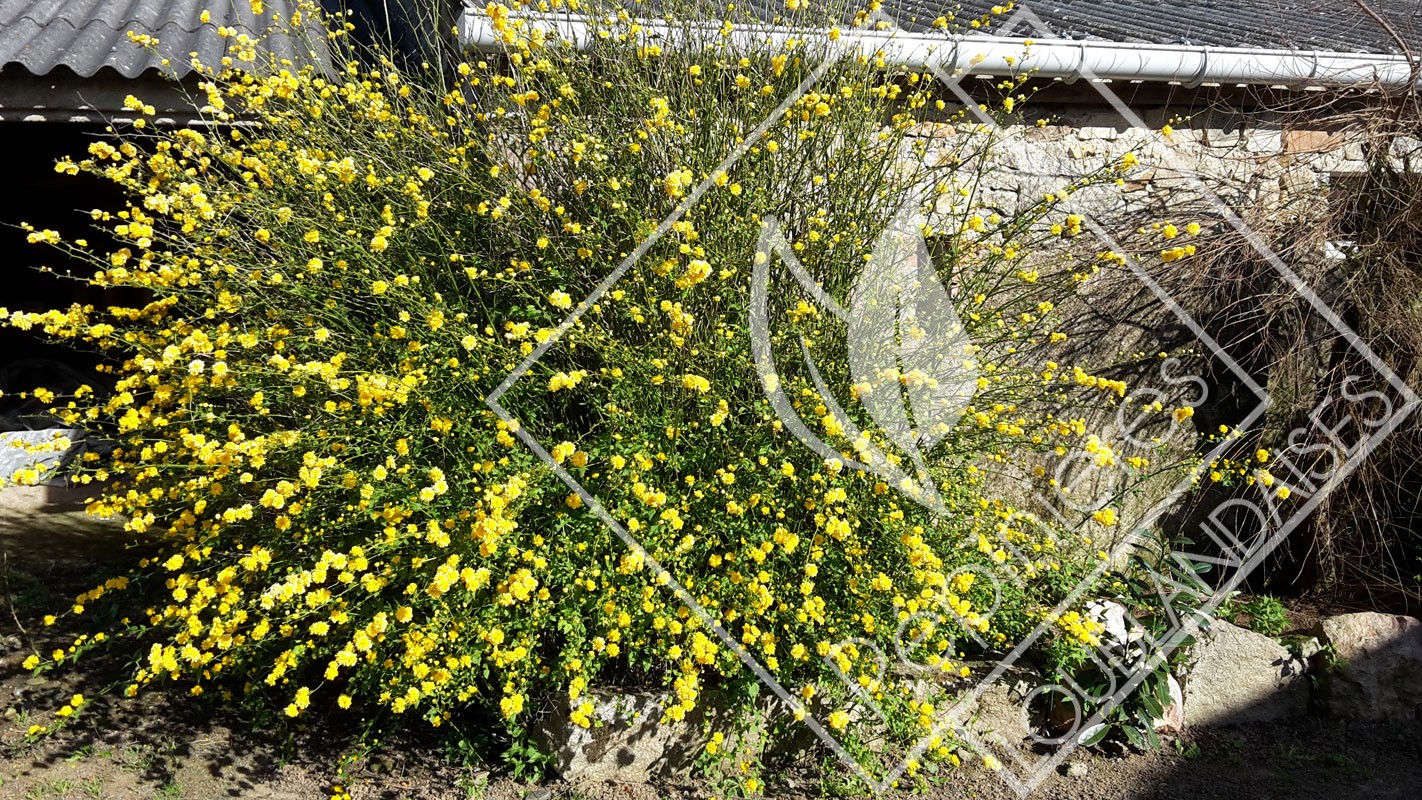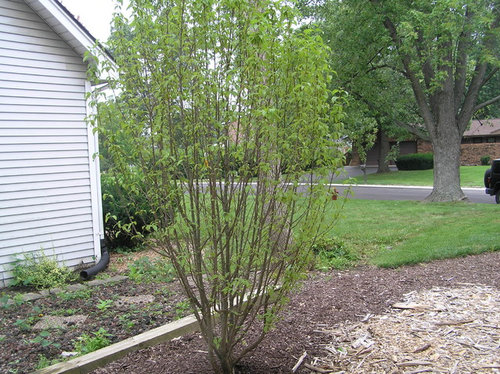

Too much nitrogen will cause the bulbs to produce lots of weak, green leaves at the expense of blooms. Daffodils need a slow-release nitrogen in smaller quantities. When the area is too shady, they often stretch to reach the sun, causing their stems to elongate and become weak.Īs far as nutrition is concerned, “balanced” fertilizer is another possible culprit. For example, daffodils need at least eight hours of sunlight to perform well. Weak stems are often the result of planting where there is too much shade. On the double-flowered varieties, the weight of the bloom may cause the stem to break. They either lean over from the base or bend right in the middle of the stem. In answer to this problem, select sunny spots for your bulbs, keep those beds well watered this fall and again next spring as the bulbs emerge, and use only slow-release fertilizers.įor example, daffodils might have stems that are not strong enough to support the weight of the flower. If, however, your bulbs flop even in good weather, the advice below is what you need. Within days, they were standing tall and blooming cheerily again. These daffodils flopped when temperatures dropped suddenly one April day from the 70s to the teens. The stems flop over before the plants bloom

When these bulbs are too cool or moist during summer, they may not form flowers. This is especially true of bulbs that have a tunic (a paper-like covering), such as tulips, daffodils, crocus, and gladiolas. Shallow planting and summer moisture can also contribute. New bulbs coming from a sunny bulb production field may have enough stored energy to bloom their first spring even in shade. Given that, embryonic flower buds form in the bulb this summer to bloom next spring. To flower, most spring bulbs need at least six hours of sun while their leaves are green.

Most often, failure to bloom means a site is too shady. Where it’s already a problem, make site changes to let in more light or move the bulbs.
#CORNUS MAS OR CORNUS KOUSA FROZEN FRUIT FOR SALE FULL#
Bloom one year, never againĪvoid this by planting your bulbs in full sun this fall. Finally, some practices contribute to early rising. Recognize these places and don’t grow bulbs there. Beds along south-facing brick walls are at risk, as are sandy beds that slope south. Also, some places are more likely than others to heat up early. If you see a bulb act this way in your garden every year, don’t plant that species or variety anymore. Some bulb species are prone to early growth (Dutch iris is an example). If a hard freeze is forecast, you can cover bulbs with floating row cover cloth or newspaper to trap ground heat, or run sprinklers during the coldest hours to protect the plants via heat released by cooling water. If it loses an inch at the tip-that part which sits above the zone protected by radiant heat from the soil-the remaining 11 inches is enough to fuel the plant’s growth and bloom.Ī hard freeze can hurt if it comes after your bulbs’ flower buds emerge. A fully grown tulip or daffodil leaf may be 12 inches long. That plant may lose leaf tips to the cold, but it’s no big loss. If you want to avoid this problem, plant bulbs deep and don’t plant right next to a sunny south wall.īulb foliage may emerge during an extended winter thaw, or come up far enough during an early spring heat wave that we worry it will freeze when normal temperatures return.


 0 kommentar(er)
0 kommentar(er)
